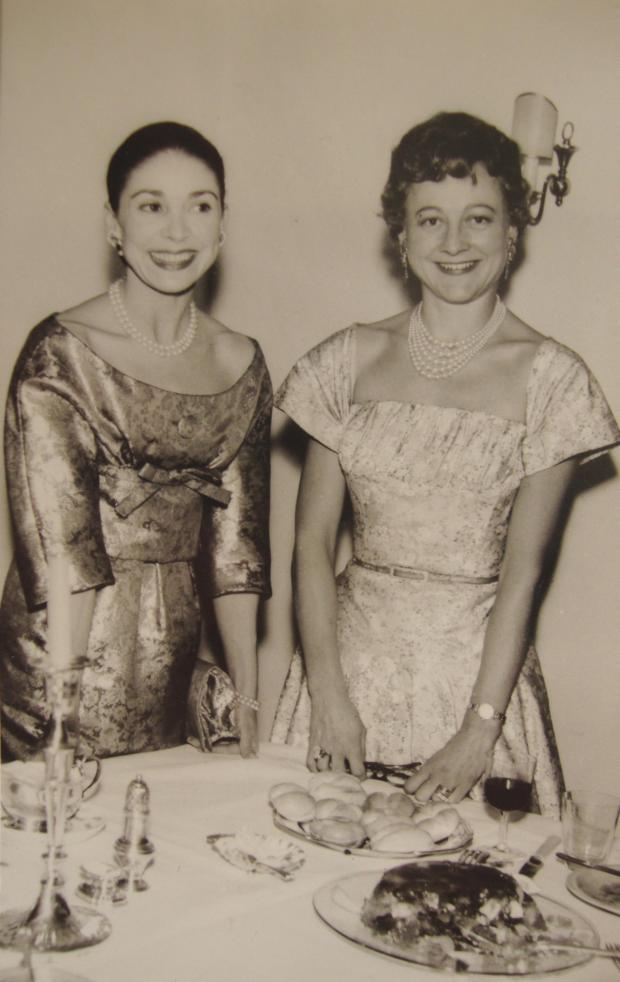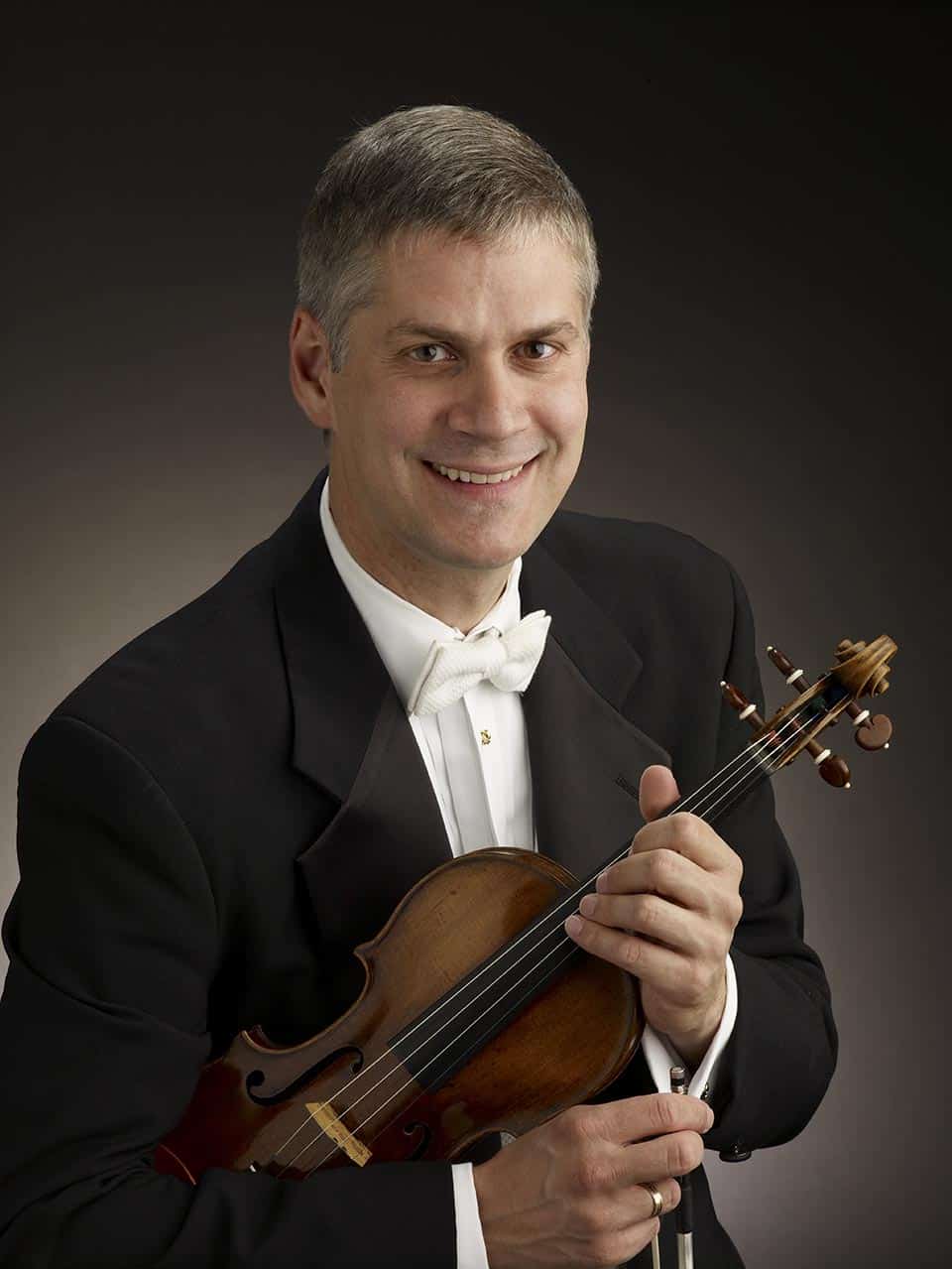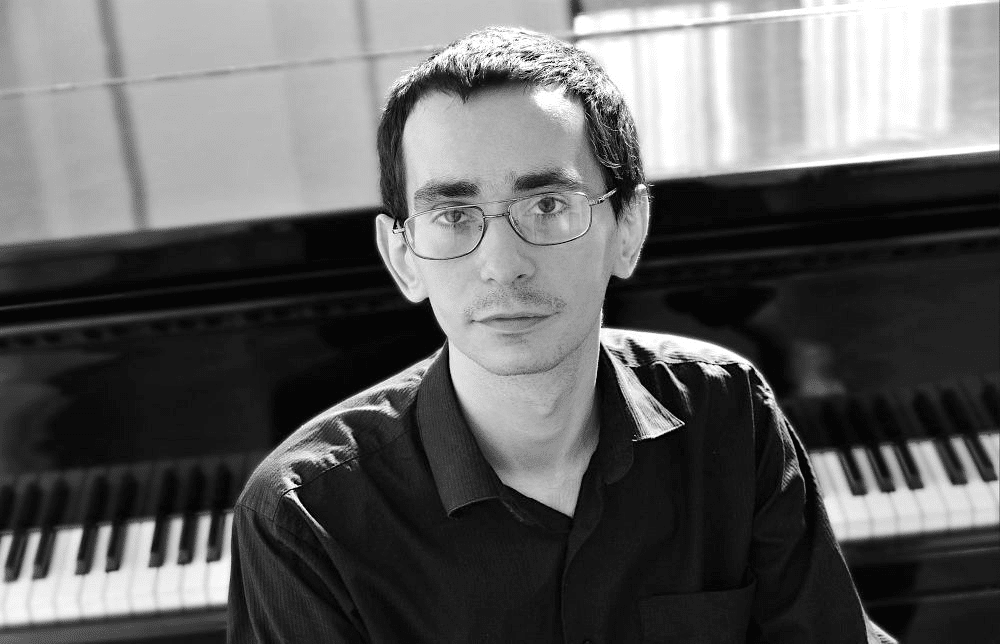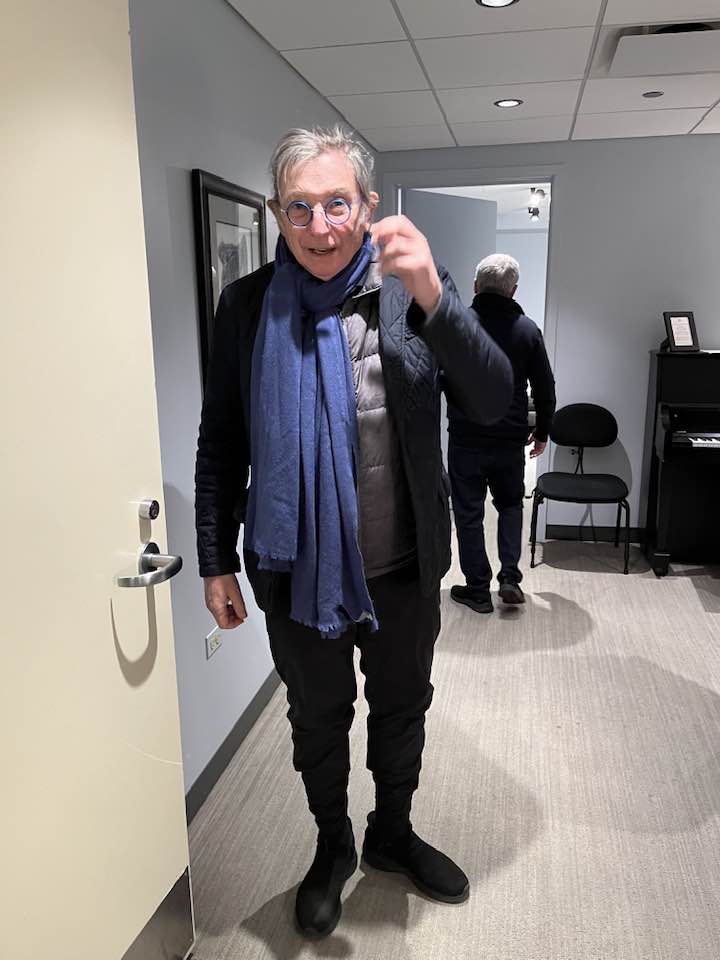Fonteyn partner dies at 100
mainJoan Harris, who danced with Margot Fonteyn in the Sadler’s Wells Ballet and went on to hold major administrative roles in Europe, has died soon after reaching her centnary.
With her first husband Alan Carter she became Ballet Master and Ballet Mistress at the Bavarian State Opera in 1954. Six years later she moved to Oslo, married Arne Neergaard and took over as head of ballet at the Norwegian Opera House. In 1965 she founded the Opera Ballet School, running it until 1988.






That headline is a little misleading. In ballet the term partner usually refers to the member of the opposite sex with whom a dancer is frequently paired. Margot Fonteyn’s most frequent partners were Robert Helpmann, Michael Somes and, finally, Rudolf Nureyev. (In social terms, Fonteyn’s partner was her husband, Roberto Arias
Joan Harris made very little of her career in England and in her brief time at Sadler’s Wells, Fonteyn appeared as a guest artist. It is possible they met.
But she had a long, distinguished and very interesting career in Norway and elsewhere, and had of course been trained in England, and by Ninette de Valois, the person responsible for the company where Fonteyn spent her whole career. Her accomplishments and activities were wide-ranging, and Fonteyn was a minimal participant.
The troupe came to V. Lind’s beloved Texas in 1950, whether as Sadler’s Wells or Royal Ballet I forget, but Fonteyn and I think Somes danced what was variously billed as Le Lac des Cygnes and Swan Lake. The guileless Texans bought tickets to both. I was one of them. Frederick Ashton danced one of his character-pieces, I.
Helpmann and Shearer are in “The Red Shoes” with Albert Bassermann, Anton Walbrook, and the immortal Leonide Massine, who in old age taught at Dominican College in San Rafael, California, when I lived there. I hope I have some of this at least half right.
When I lived in San Franisco, Fonteyn and Nureyev led the police in a roof-top chase during a drug bust in the Haight Ashbury. Caught, Nureyev bounced off the walls of a precinct station. An Irish cop adominished him: “You may be big, but you aren’t THAT big,” and he settled down.
Swan Lake is my favorite ballet, but I’d love to see someone dance the Afternoon of a Faun and Spectre of the Rose, but who? Nijinsky? Does anyone know Ben Hecht’s short-story “The Spectre of the Rose” with its sensational ending and shuddering last line?
“Beloved Texas”? Moi? I have never even been there.
I saw Nureyev dance the Spectre at the Kennedy Centre during a Diaghilev season. He was a little past it, which is a pity, as it is a very sweet little ballet and a long-time favourite. But Frank Augustyn of the National Ballet of Canada did it far better than Rudy when I saw him.
Don’t know the Hecht story but will look for it — you have me really intrigued.
I’ve been there but was expelled for inability to master the accent.
V. Lind –Ben Hecht’s short-story “Spectre of the Rose” is in his collection “A Book of Miracles”, including several of interest to Norman. If you don’t turn it up, I’ll post a precis and quote the last line from ineradicable memory.
The music is of course Weber’s “Invitation to the Dance” (Auffuehrung zum Tanz”), which even Schnabel recorded. The difficult concert edition by Carl Taussig is immortalised by Benno Moiseiwitsch, father of Tania Moiseiwitsch of Canadienne theatre fame.
Mr. Self: Please do. I have looked around — my library does not have it, and the Internet Archive was also a bust. Copies of Hecht’s Collected Stories on abebooks and the like were running over $225 US.
The Internet Archive did have the movie of “The Specter of the Rose” — I watched it, much to my regret — absolute drivel. So I am more interested than ever I hearing what so appealed to you about this story.
V.V. Lind: I read it in impressionable youth. Friends visit a mentally disturbed danseur on an upper floor of a tall apartment block, perhaps owing some details to Vaclav Nijinsky’s life. There is music. He begins to dance, with increasing abandon, and at the height of tension leaps through an open window. The last sentence: “I can’t tell you why he leapt, but I can relate one thing, because I saw it: He was dancing, as he fell.”
Thank you.
I can relate that to what I saw in the film. You can imagine how melodramatically it was handled. Considering Hecht wrote the script, he did himself a disservice. What is wrong with that film is ALL in the writing, though both Judith Anderson and Lionel Stander deliver substandard performances; it was hardly possible to do otherwise given how little they had to work with.
If you are curious, it is available to stream on Internet Archive — it’s at archive.org. (A great resource — I managed to read a book I could no longer find elsewhere on the site — I do not use kindle and have never downloaded a book, but this was simple and very readable. It may help fill in other gaps in future, though I prefer paper books).
Desole. I didn’t know of the film, and on your unrecommendation will not see it, but thank you. Ben Hecht, like Carel Sandburg, was a Chicago newspaperman who went to the dogs in California,heavily sentimental and therefore appealing to Amerian taste of the time.
We have approached the matter from different points. My now older impressionability would likely produce another reaction and memory.
I saw Dame Judith Anderson several times, as Medea and Lady Macbeth, and had a conversation with her at a seminar at Tor House, the Carmel home built by classicist poet Robinson Jeffers, whom we both greatly admired. He wrote “Medea” for her, adapting Euripides. It played on Broadway and other theatres for years. She lived then on her ranch in the Santa Lucia mountains east of Santa Barbara,where Lotte Lehmann and her successor Erno Daniel taught and directed the Academy of the West.
Jeffers became the darling of the Sierra Club and is a writer worth knowing, outside the emigre, Beats, or Beltway poets, esteemed by Eliot and Frost, who did nothing to help him besides putting him into a Masque. He built Tor House of granite boulders dragged from the sea across the road, working on it himself, and alone built the Irish low square Yeatsian tower for his wife Una, who loved Yeats. William Everson, the former Brother Antoninus, was also at the seminar, but that is another conversation.